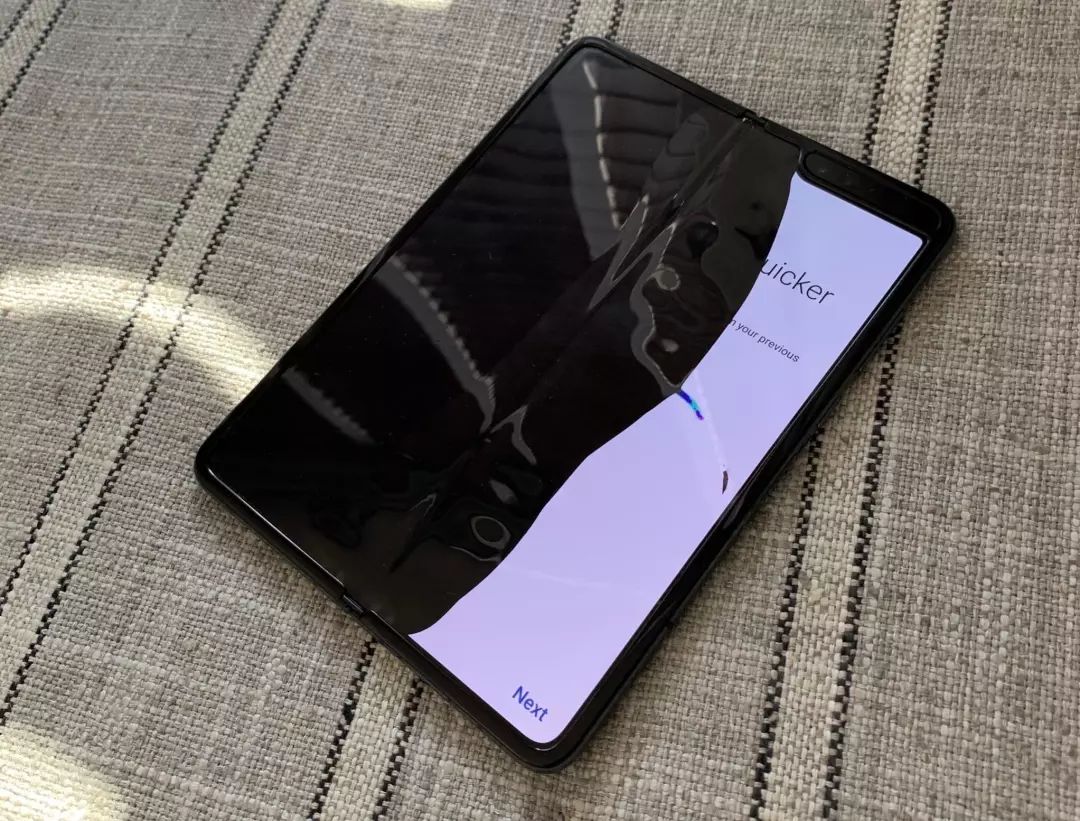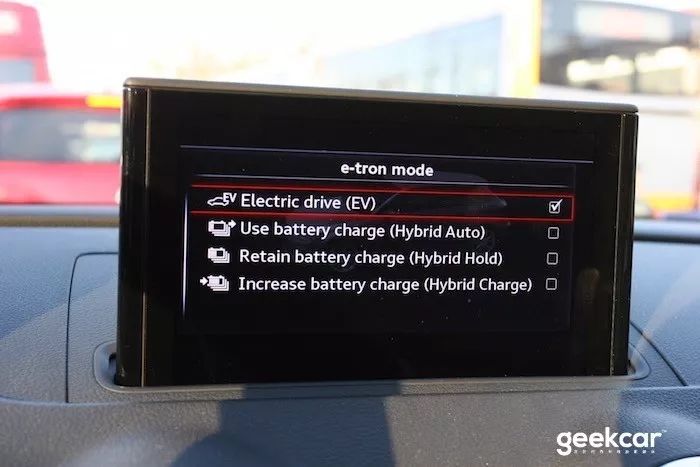No need, really no need.
Editor’s note: This article is from WeChat public account “Geek car” (ID: GeekCar), author Dabai.
Let’s start with the conclusion, no need.
Of course, reaching this conclusion is just my personal opinion, and it does not mean that there will not be a folding screen in the automotive industry.
Folding screens, as a hot frontier technology in the current mobile phone industry, have already achieved mass production by a line of mobile phone manufacturers. These include Samsung’s Galaxy Fold, W20 5G, and the latest Galaxy Z Flip released the day before yesterday. In addition, Huawei Mate X and Motorola Razr 2019 have also been released.

At the just-concluded CES2020, manufacturers such as Lenovo and Dell also showed PC devices based on flexible folding screens.
Obviously, it’s time for the folding screen technology to be applied to the field of consumer electronics.
From past cases, many of them are consumer electronics products for user education and then applied to cars. The touch-enabled large-screen car is the best example, which continues the user’s operating habits on mobile phones. Whether in terms of user cognitive difficulty or learning cost, this model does have great advantages.
So in my opinion, in the future, it is very likely that products such as concept cars and concept cockpits with folding screens will appear.
The reason is very simple. In the recent period of time, the automobile industry has apparently experienced “innovation weakness”. Looking at the frontiers of innovative displays such as auto shows and technology shows in recent years, we rarely see some “exciting” new technologies. The entire industry has focused more on the mass production and optimization of existing technologies in cars.
Therefore, some new elements are urgently needed to drive industry change. Many auto manufacturers also hope to have a new concept as the main concept in product promotion. Not to mention how practical this model is, but this type of operation has not been uncommon for a long time. And the depth that the mobile phone manufacturer touches the user must be ahead of the car. When the user usually comes into contact with more technology in the car, the user is more likely to have a friendly feeling.
But all this still does not affect my previous workCome to a conclusion.
Next talk about the reasons.
01
Electronic consumer-grade technology cannot meet car regulations, and mass production is indefinite.
Even in the field of consumer electronics, the first generation products of Huawei and Samsung both have problems with the durability of the hinge structure and the lack of reliability of the folding screen. In the more demanding scenario of car regulations, the testing of folding screens is more complicated. Judging from the existing technology, the possibility of mass production is small.

02
The appearance of the folding screen is to give users a larger interaction area and improve the experience on the premise of saving space and improving portability. But in this relatively “huge” environment inside the car, saving space and improving portability are themselves pseudo-requirements.
In the car, designers already have a lot of room to play. Especially under the application of reversible, telescopic structures and flexible screens, more and more areas can be used as the carrier of the screen, and the meaning of folding screens is not significant.

03
The price is not high. Even if the above two reasons are ignored, folding screens still face problems such as high costs and immature supply chains. These costs will eventually be transferred to users, and it must be expensive.
If you pay a high cost, but just get a visual freshness without a leap in experience, how many people are willing to pay for it?
Of course, I do n’t totally deny the application prospects of folding screens in cars. Just before overcoming the problems of supply chain construction, cost, vehicle regulation testing, etc., I rashly used the folding screen concept in the car. I really couldn’t think of any need other than a gimmick.
If you can overcome the above problems, then the folding screen must be helpful for car interiors and interaction. For example, more overall interior design, simpler cockpit style, etc., are all possible application advantages of folding screens.
So it is the most reasonable scenario to apply mature technology when folding screen is needed.
Before that, it was really unnecessary to fold the screen to fold it.